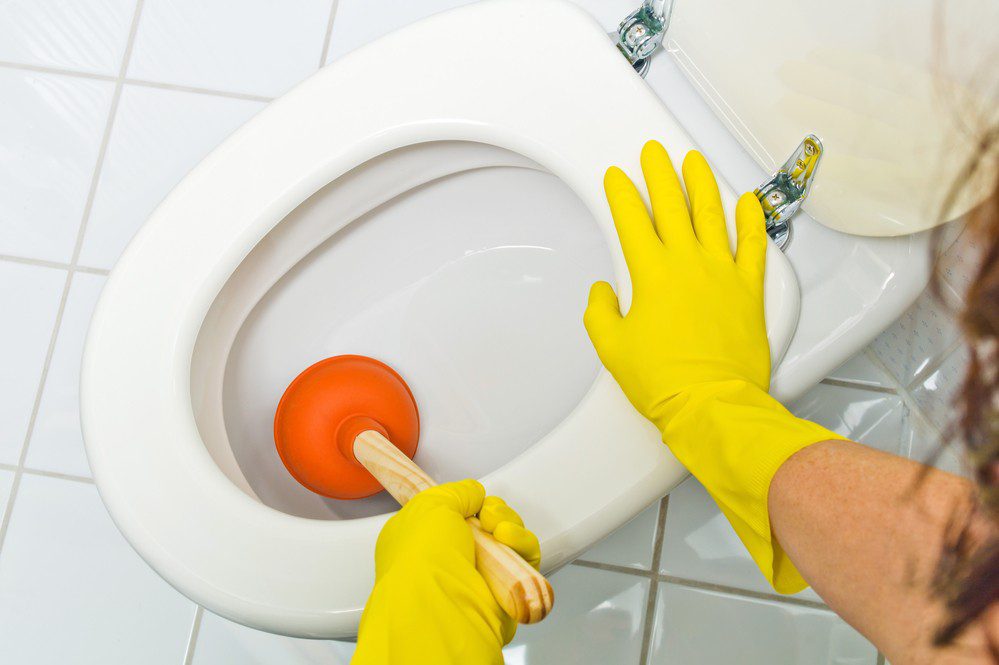How Do Toilets Get Clogged? Common Causes & Effective Solutions

A clogged toilet can be a source of frustration and embarrassment, but it’s a common plumbing issue that many of us have encountered at some point. Knowing what causes a clogged toilet and how to prevent it can save you from unexpected bathroom mishaps. In this article, we’ll explore the common culprits behind toilet blockages and provide practical solutions to keep your bathroom plumbing in top shape.
Excessive Toilet Paper Usage
One of the most frequent causes of toilet clogs is excessive toilet paper usage. While toilet paper is designed to break down in water, using an excessive amount at once can overwhelm your plumbing. The paper may not dissolve quickly enough, leading to a blockage.
Use toilet paper in moderation. If you need to use a significant amount, consider flushing in stages to allow the toilet to handle the load more effectively.
Flushing Non-Flushable Items
Flushing items that aren’t meant for your toilet can lead to blockages. Items like paper towels, feminine hygiene products, wet wipes, and even dental floss can accumulate in your pipes and cause clogs. These materials don’t break down easily, unlike toilet paper.
Dispose of non-flushable items in a trash bin rather than flushing them down the toilet. This simple step can prevent many unnecessary plumbing issues.
Hair and Soap Scum Buildup
Over time, hair and soap scum can accumulate in your toilet’s drain and trap. This buildup restricts water flow and can eventually lead to a clog. Hair is particularly adept at catching onto other debris and forming blockages.
Regularly clean your toilet’s trap and drain to remove hair and soap scum buildup. Consider using a drain screen or catcher to prevent hair from entering the drain in the first place.
Mineral Deposits and Hard Water
Mineral deposits from hard water can accumulate in the toilet’s trap and pipes, narrowing the passage for water to flow. This buildup can make it easier for other materials to get stuck, ultimately resulting in a clog.
Use a commercial toilet bowl cleaner designed to remove mineral deposits regularly. Installing a water softener can also help reduce the impact of hard water on your plumbing.
Tree Roots Intrusion
In more severe cases, the roots of trees and shrubs near your sewer line can intrude into the pipes through small cracks and joints. These roots seek out moisture and nutrients, and once they infiltrate your plumbing, they can cause significant blockages.
If you suspect tree roots are causing your toilet clogs, consult a professional plumber. They can perform a camera inspection to identify the extent of the root intrusion and recommend appropriate solutions.
A clogged toilet can be a nuisance, but understanding what causes it can help you prevent future plumbing problems. By being mindful of your toilet paper usage, avoiding flushing non-flushable items, and taking steps to reduce hair and mineral deposits, you can keep your toilet functioning smoothly. For stubborn clogged toilets or more severe plumbing issues, it’s essential to seek help from professionals such as Made’s Plumbing. With these proactive measures, you can ensure that your bathroom plumbing remains in excellent working condition, sparing you the inconvenience of a clogged toilet.
